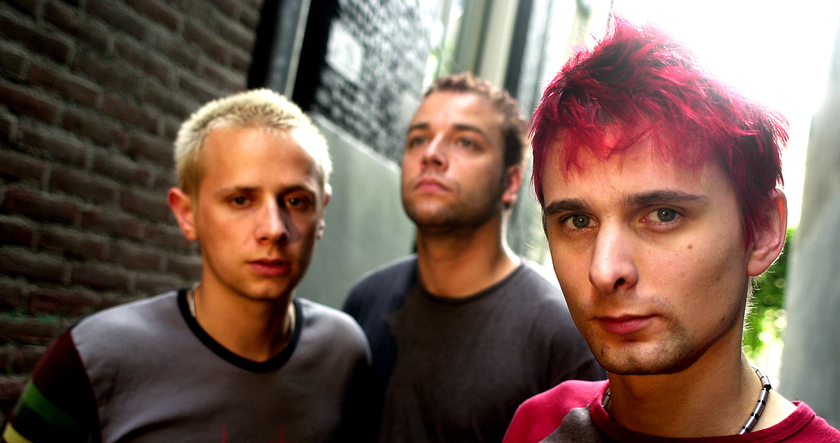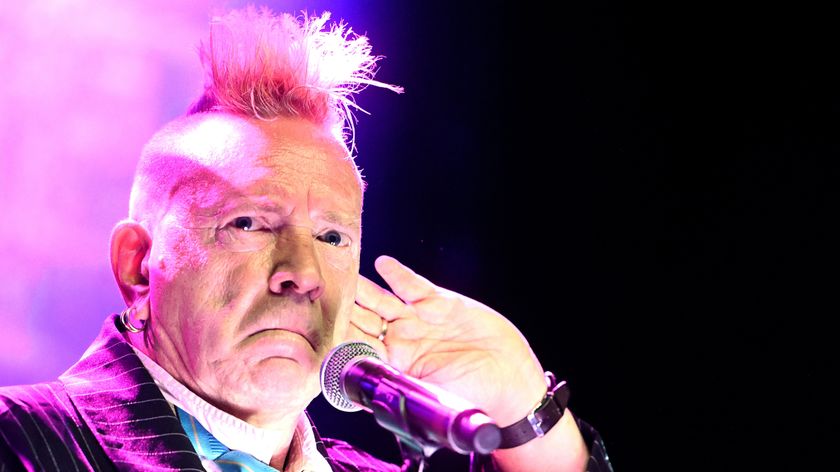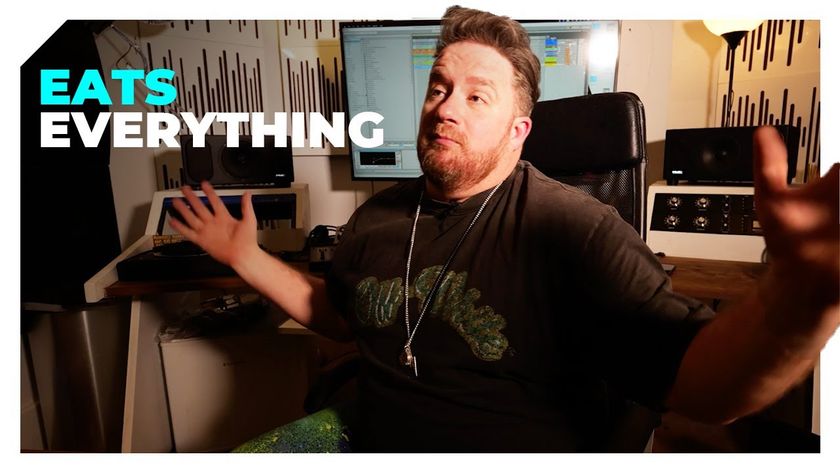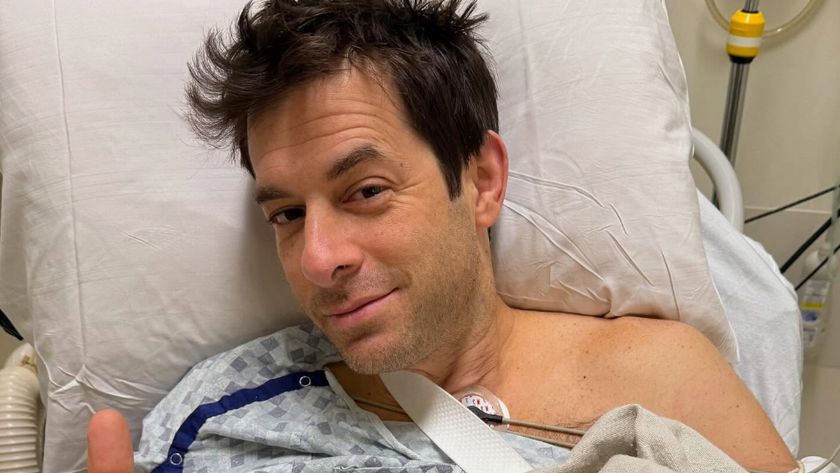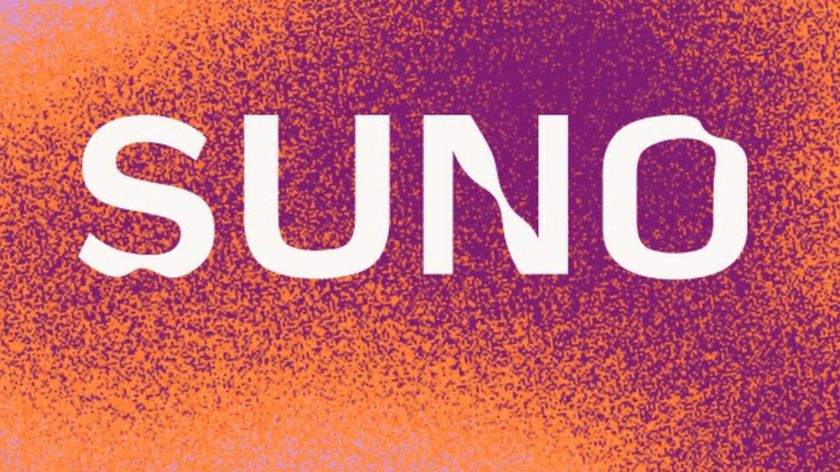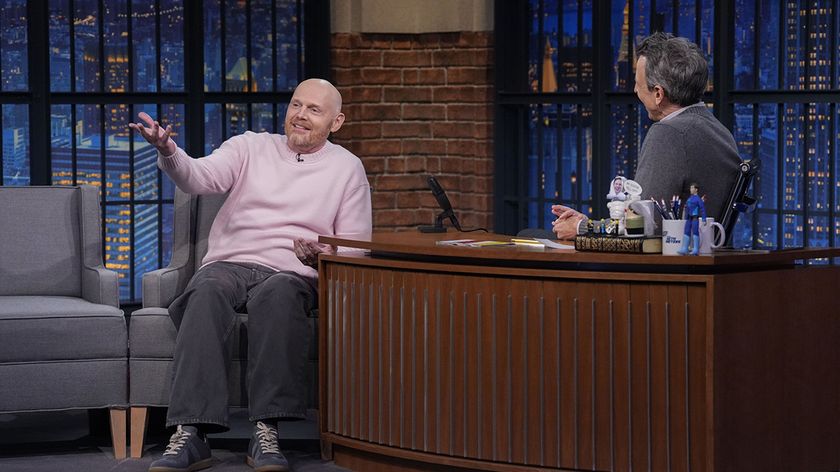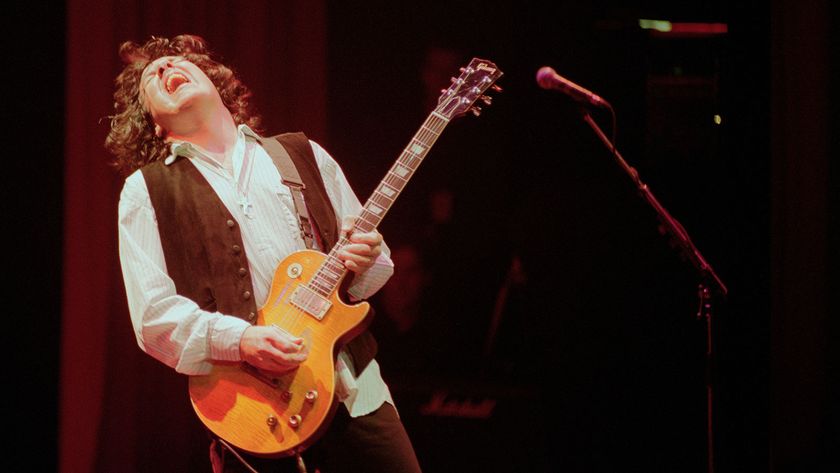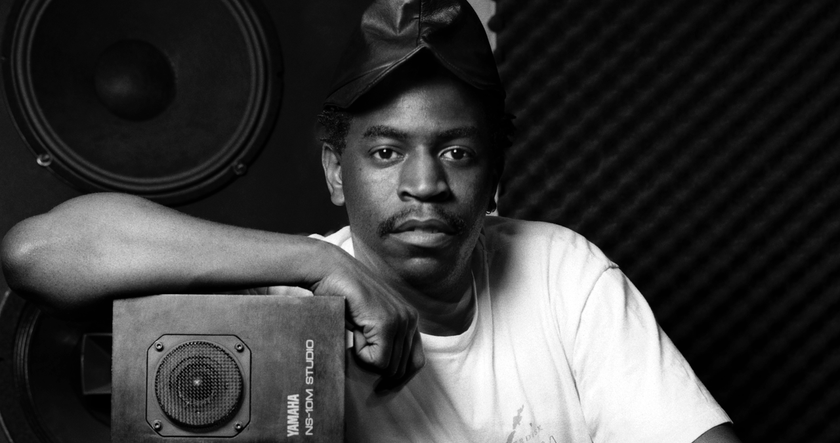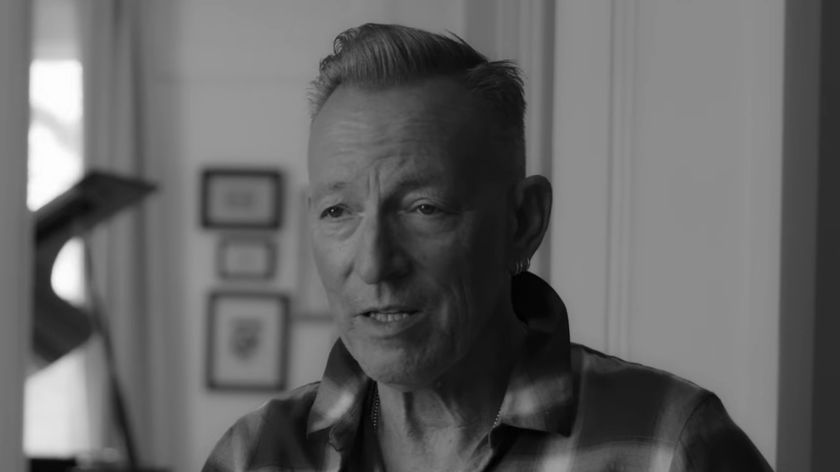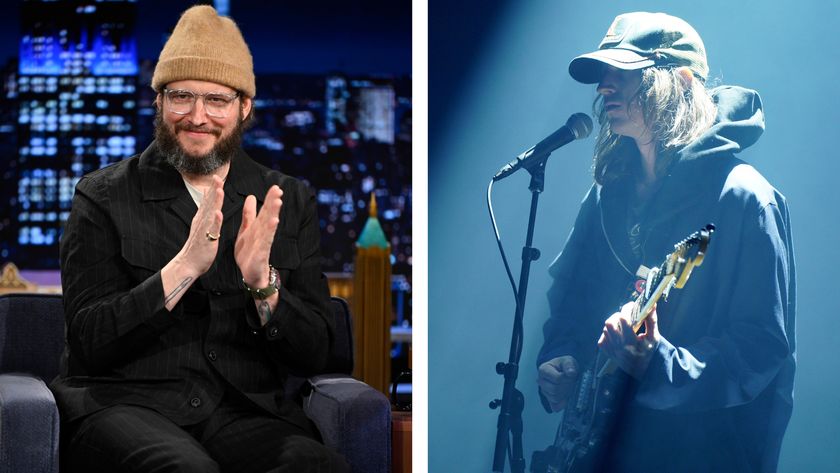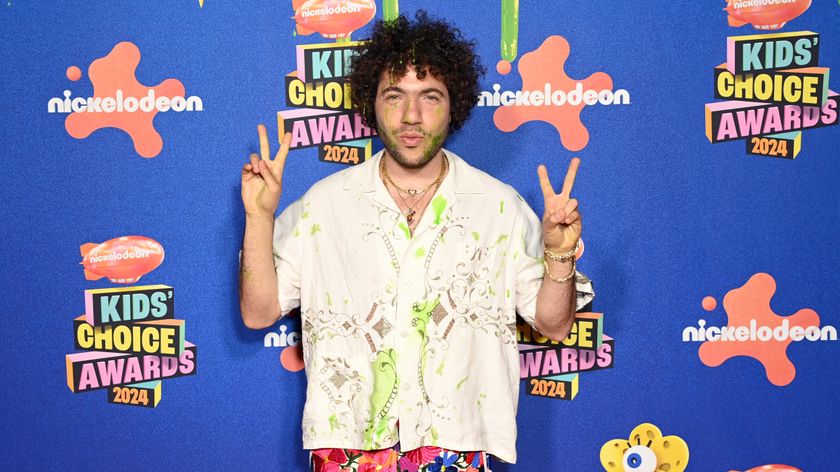Attica Blues: "This album opened doors for other people. We played our part so the Little Simz of the world could come through"
Attica Blues' self-titled 1997 debut album coined a new sound in British Black music. We find out how it was made
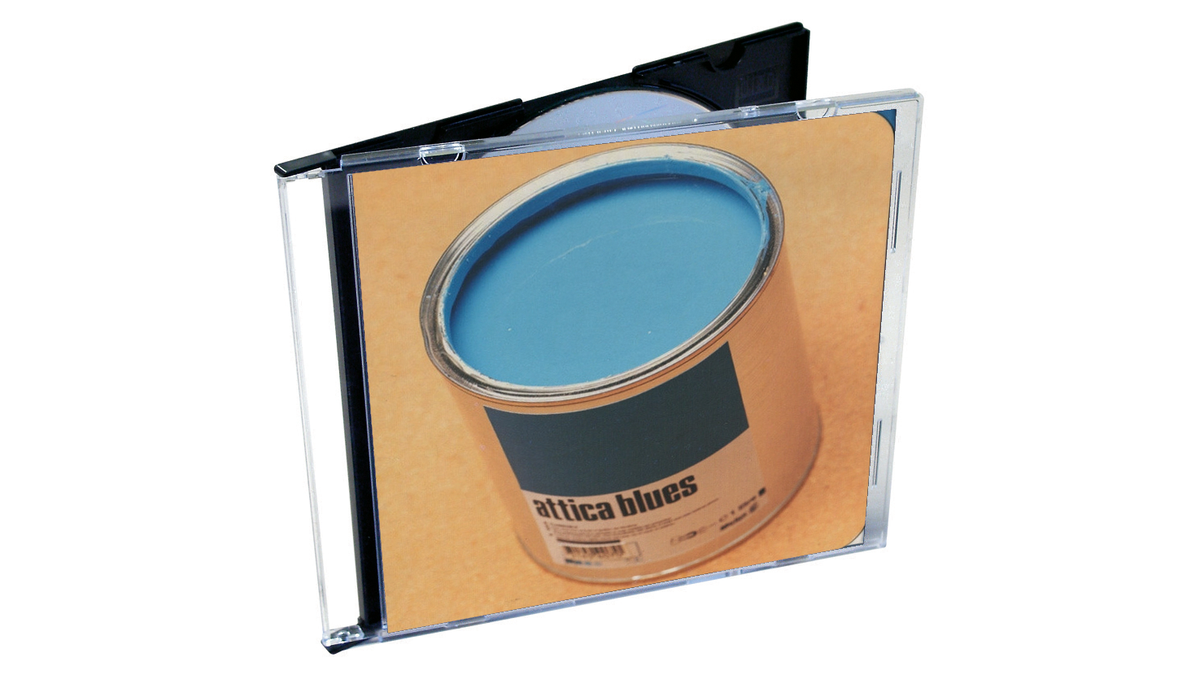
Why aren’t Attica Blues household names? Their faultless blend of sweet soul songwriting and street tough hip-hop aesthetics should have propelled them firmly into the mainstream – the UK’s answer to the Fugees’ success story. Up there on the ’90s trip-hop-era Mount Rushmore next to Massive Attack and Portishead. And they’d agree.
“I thought this record was going to blow up and we’d become pop stars,” says poet and DJ, Charlie Williams, who, alongside super-producer Tony Nwachukwu and vocalist Roba El-Essawy, coined and minted a new sound in British Black music. The sound is as lushly orchestrated as any Bond theme, with a dusty record crate-sample-flipping ingenuity basically unrivalled on either side of The Pond. But, as the record dropped, tastes changed.
Mo’ Wax, once a label brokering deals over, “a spliff and a handshake”, was now under the beady eyes of new bosses at A&M, in a time where move makers at majors were keeping the Britpop sausage grinder full of fresh white meat.
“I remember finishing the album, which was a really intense time, and having this really weird marketing meeting,” says Tony. “It was clear they weren’t going to support the record when it came out. They weren’t smart with us, and they could have been smart.”
Still, those who know, know. And for many, the Attica blueprint has been rightfully studied and built upon, like the scared text it is.
“I hear our influence today,” says Charlie. “I hear it. I realised that was an important album, because it opened doors for other people. We played our part so the Little Simz of the world can come through. Kojey Radical. Those people who are a bit left of centre. I know it’s true, because when I chat to those people, they name check the album.
“We all did something. Us, Roni Size, Goldie, 4 Hero. It’s the pressure, pressure, pressure, slowly opening up the door. Eventually it opens and people can run through. And I hear our influence, either directly or indirectly, in their music. And I’m proud.”
Get the MusicRadar Newsletter
Want all the hottest music and gear news, reviews, deals, features and more, direct to your inbox? Sign up here.
Attica Blues are indeed household names, in the houses that matter.
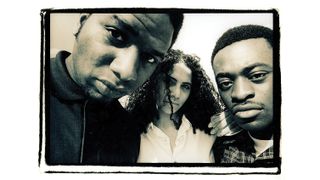
“We used to live in this warehouse in Gee Street. I was on the fourth floor and Charlie’s on the second", Tony tells us when we asked what gear they were using when they recorded their self-titled album.
"Because of my background in programming I had an SP-12, an MPC 60, and an Akai S3200, fully-loaded, 32MB, with a CD-ROM with some libraries and obviously an optical drive with all my libraries. It was the MIDI studio du jour. Only heads knew about the SP-12. And, if you had an R&B/swing background you knew about the MPC. You had to make an investment as a producer, back then."
“Then I had an Atari STacy, at the beginning. Then moved to an Apple Power Mac 7100AV, with SamplecCell. Then a Digidesign 888 Interface. Then, loads of records, Wurlitzer, Kurzweil K2000, JV-1080, a Great British Spring. And, when we got the advance, a Mackie 8-Bus, which was the de facto mixer.”
"I had the SP-12 first, then an MPC", Charlie tells us. "A Tascam 4-track. Then I got an MPC 3000, a JV-1080 and a Mackie desk."
Attica Blues, track-by-track
Intro
Tony: “It opens with the sound of a band, tuning up and getting ready to play. It’s from a record because you can hear us pitching it up and down on the turntable. That’s us paying homage to turntablism being an important aspect of our creative process. Then there are some strings, and a rap record, that are looped up in the background.”
Charlie: “At that point in time people were listening to albums from beginning to end. So you almost wanted something that kind of set the mood. Like, you’re in our world now – settle yourselves in, and let’s go.”
Blueprint
Charlie: “The main sample came after a frustrating session. We started lots of frustrating sessions, and then, out of the blue, Tony would find something. Or you would just hear a noise and be like, ‘Okay, that could work’. And it would kind of inject this energy back into everyone.
“Tony wouldn’t sleep. He was like a vampire, just going and going. There was no clocking off at six.”
Tony: “I was nicknamed the Ayatollah for that reason [laughs]. Then I was needle-dropping through records looking for a snapshot of sound I could manipulate. Once we had that main melodic loop, the drums came quickly.”
Atlanta
Charlie: “This is one of my favourites off the album. We were late going to the MOBOs because we were in a session on this. The beat was in the SP. Then a detuning thing suddenly comes in. And I remember the snare sample as well, because it really cut through.
“We went to the awards, but I was thinking about this tune and came back to work on it and we talked about the vibe of being underwater. Then it all came together, quick.”
Tony: “That bassline sound was a great find, too. It helped it all come together.”
It's Alright
Tony: “Drum-wise, this an ode to the Marley Marl, Cold Chillin’ era. The stuff he was doing with Biz, with the kick and snare taking over the whole track. But, at the same time, we were trying to explore songwriting, and what does songwriting look like, through the lens of hip-hop.
“We were inspired by Smith & Mighty’s early records, Carlton and that whole Bristol sound.
“Lyrically it was something I was close to, as well. I’ve not written many songs. But, this was about a friend who had a baby and used to rave a lot, and reminiscing on clubland, and how life goes on.”
Impulse
Charlie: “I was buying a lot of drum breaks, at the time. We were trying to make a b-boy record. We were realising that we were having to take some of this stuff live, so needed some uptempo tracks. The places were getting bigger, and more people were reading about us in The Guardian, not just heads. So we needed music that’s maybe a bit more obvious and more in your face.
“One of the things I loved about the track Impulse is sonically you hadn’t really heard timpani steel band stuff, in that kind of tempo. Even today.”
Medieval
Tony: “I’d found this record that was basically made up of music you’d put on in the background as you silently played old home movies. And something just jumped out of that. It was like, ‘Wow!’. It just had to be dealt with. And it was one of those records that literally had the drum stuff on the right hand side and then the bass was on the left, which was great for sampling here.
“Also, from a compositional point of view, it really felt that we nailed the kind of hip-hop aesthetic with the song-form on this one.”
3ree (A Means To Be)
Roba: “First and foremost, this track is a cover version. It’s [Roy Ayers affiliate] James Mason. And we always knew that if we did a cover, we didn’t want it to be a straight-up cover.”
Charlie: “I used to play that record a lot. I remember bringing it in and saying, ‘OK Tony. You think you’re a bad boy programmer? See what you can do with this!’ [laughs]. He just started twisting it up and it was amazing. People don’t even realise, like, this is special.
“I was really disappointed at the reaction it got. Like, ‘Do you understand what we are doing with his record?’ Everything about it is next level.”
Tender (The Final Story)
Tony: “This was a classic case of a sound in the SP-12, left over from Blueprint. It just worked. That main riff just caught us.
“We knew it needed strings, so I laid some down and talked to [string arranger] Steve [Hussey].”
Charlie: “I used to get dubs cut to play out, and this had three different versions.
“Early on, [Mo’ Wax boss] James [Lavelle] loved it. He was like, ‘You want strings? Massive Attack got strings. You wanna go to Metropolis, £1,000 a day? Done!’ Then it’s like, ‘Oh, actually, I don’t like it’. I think what was happening around this time was the scrutiny on Mo’ Wax and the impending A&M deal overshadowing people listening to the music.”
808 Song
Tony: “Skit vibes, really. Yeah, this is made up of a bouncing 808 sample. We just tried to make something groovy, and a bit of a palette cleanser for the album. It was just Logic audio, the SP-12, and the tuned 808 sound. A sample, not the Roland.”
Pendulum Being
Tony: “This is a funny one. It ended up being an instrumental, but it was going to be a song. But we just couldn’t write one.”
Roba: “It was just so beautiful as an instrumental. Sometimes you can’t add to it.”
Charlie: “I remember we started in the daytime. Definitely in Tony’s loft. It was in the summer. Just sunny and warm. To this day, I would still love to go away and write a song to it, but no idea what it’d be.”
Tony: “It was looking to Africa. We wanted to have some heritage elements, without blatantly sampling Fela Kuti, you know? My friend, Richard, plays talking drums.”
Gone Too Far
Tony: “Probably the first song I’d written from chords and voice, in a traditional songwriter stance. And the lyrics are something I was particularly passionate about. Listen, and you’ll get what I’m talking about.
“Again, it was us trying to take a conventional song and make it hip-hop. I think we managed to get it right, with the way it balances the rawness of the drums and the rawness of Roba’s vocal.”
Roba: “There would be some sessions where we’d all bash it out, together. Sometimes Tony would be at the desk. And Charlie and I would be in the corner, smoking weed, writing lyrics. It depended on the song.”
R.E.A.L. Expense
Tony: “This is all me. I’m not sure how I managed to get this in, actually [laughs]. Maybe the Ayatollah came through on this one.”
Charlie: “I did cuts! Let it be known that I did cuts on that record!”
Tony: “I spent a lot of time just layering that particular groove, even though it’s like a one or two-bar loop. It actually took a lot of time to get it the way it sounded. Then we found that woodwind sample that smashed it. And, song-wise, I just had these lyrics that meant a lot to me.”
Vybra
Tony: “Yeah. This has almost like a vibraphone jazz sample on it.”
Charlie: “I don’t remember this one! Can someone play it? You remember it, Roba?”
Roba: “[Starts Googling] I’m trying to find it. The only place the album is online is on YouTube.”
Charlie: “That’s so funny. [It plays in the background] I don’t remember it. I’ll take the publishing, though!”
Tony: “Vibraphone sample. Then the kick and snare, which was the MPC. Then jazz drums.”
Charlie: “You have to understand that Tony has over 2GB of unreleased hard drive stuff that only he’s heard. So, it’s probably off that.”
Questions
Tony: “In that jazz drums territory, but I remember distinctly ReCycle-ing the drums, then mapping the velocity to the filter. That squelchy sound was created with the velocity, filter and resonance.”
Charlie: “We [sampled] a Jean-Luc Ponty record. I was surprised no one had touched it before.
“Then we all come from Africa so have that offbeat, polyrhythmic thing within us. It’s normal. What’s interesting, I think, is that you don’t get credit for these influences you’ve grown up with, because it’s almost taken for granted. It’s just naturally how we hear, feel, and programme rhythm patterns.”
Enter
Tony: “Roba, you started this, right?”
Roba: “Yeah. I didn’t have any equipment and used my little sister’s Yamaha keyboard. It had that drum loop on it and I wrote the song to that, and handed it over to you assuming you’d take it out and work some magic. And you just said, ‘That sounds great. Let’s keep it’.”
Charlie: “I remember you ringing me up saying, ‘Tony’s just using the original thing!’”
Tony: “It just worked really well. It was the arc of the song, you know? Roba just smashed it.”
Roba: “And it was a good way to end the album.”
You can catch Charlie on his new 100% vinyl show, School of Dark, on Rinse FM once a month on Sundays. He’s also hitting clubs on the Dusted DJ tour with Mo’ Wax boss, James Lavelle.
Tony continues to create, define and release music through his own Black-led talent development organisation, CDR.
While Roba’s last two tracks Quiet Dawn and Maiden Voyage, were dope takes on jazz standards, available via Bandcamp.


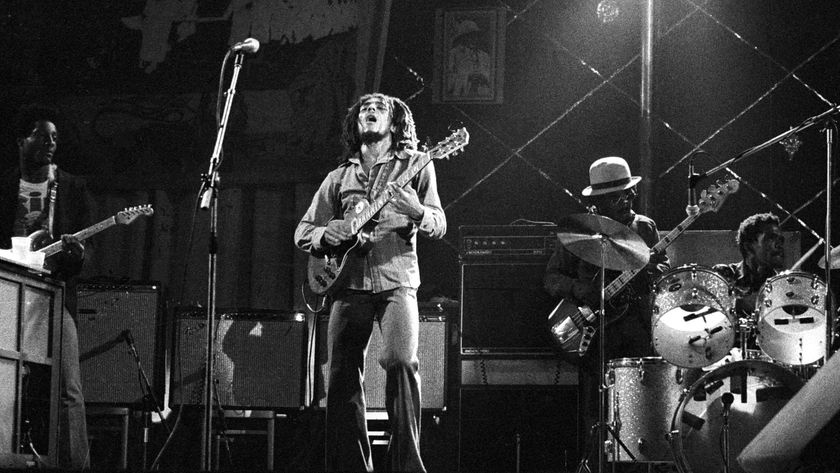
"Reggae is more freeform than the blues. But more important, reggae is for everyone": Bob Marley and the Wailers' Catch a Fire, track-by-track
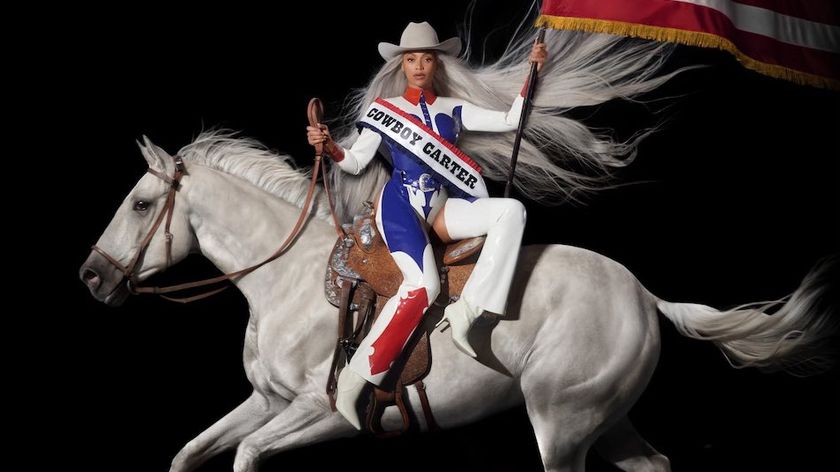
“Part of a beautiful American tradition”: A music theory expert explains the country roots of Beyoncé’s Texas Hold ‘Em, and why it also owes a debt to the blues
